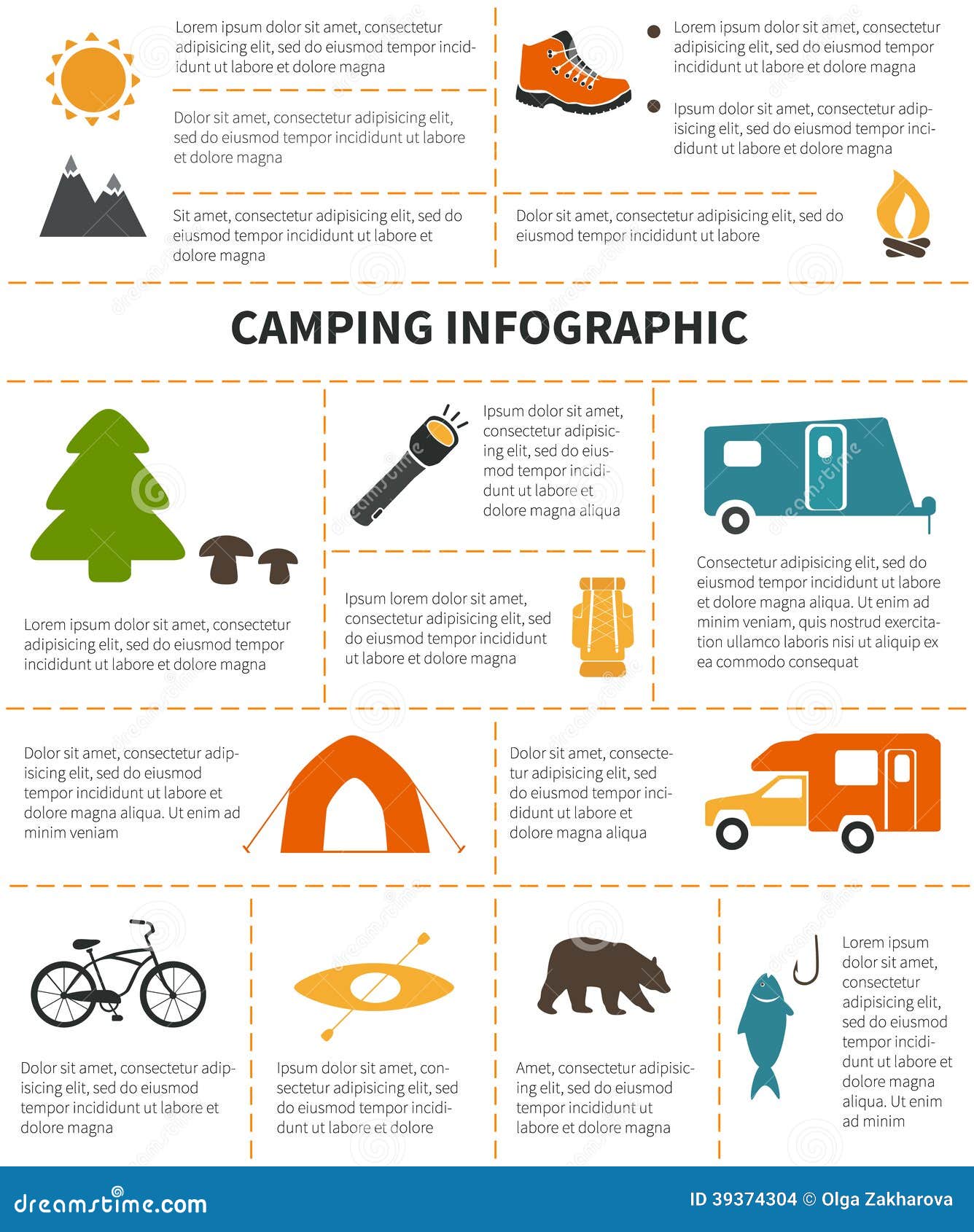Rain flies are a crucial accessory for wall camping tents. They boost the capacity of a tent to protect campers from extreme weather while supplying included convenience and resilience.
Routine cleansing of a rainfall fly keeps mud, mold, and debris from damaging it. Likewise, ensuring the appropriate stress of a rainfly avoids it from drooping and enabling water to accumulate beneath.
Climate Resistant Materials
The product used in building and construction projects can influence the longevity and toughness of the project. Selecting weather-resistant products helps reduce upkeep costs and conserves sources for future repair work and substitute.
Wood might not be the very first product that comes to mind when going over weather resistance, however it is very resilient when appropriately treated with preservatives. Cedar, redwood, and teak are instances of normally rot-resistant timbers utilized to make a range of exterior furniture and structures.
High-performance canvas wall surface tents are created to stand up to moisture and maintain campers comfy. It is essential to tidy canvas and outdoors tents routinely to remove dirt, mud, and dirt. It is also essential to rinse off any kind of deposit from the canvas tent before keeping it away for usage. Stay clear of using bleach, as it ruins the water-resistance treatment and makes the outdoor tents extra susceptible to leakage. Additionally, a soft brush and a pipe can be made use of to thoroughly scrub the canvas tent and rinse it off with water up until it is fully saturated.
UV Exposure
Unless a camping tent is made from UV-resistant textile, prolonged exposure to sunlight will certainly trigger it to weaken. This holds true of all fabrics, however it's especially obvious for outdoors tents and canvas frameworks because of how much they're used in outside setups. UV radiation can create dyes to break down, resulting in a loss of color vibrancy.
A rainfly secures wall surface outdoors tents from these harmful UV rays by mirroring them before they can pass through the structure and reach your skin. It's important to select a rainfly with a UPF rating of 50 or greater to get optimum UV defense.
A rainfly additionally helps control the temperature level inside an outdoor tents depending on the period. A lighter rainfly can keep camping tents from absorbing excessive heat in the summertime, while a heavier rainfall fly can aid avoid warmth from escaping the camping tent during chillier months. In either instance, these additional layers of insulation can substantially extend a tent's life expectancy.
Dampness Damages
Canvas camping tents are relatively sturdy and can last 15-30 years with persistent treatment, yet even the most high-performance canvas is not unsusceptible rainstorms. A rainfall fly or fly sheet adds a layer of defense for the roofing of your canvas outdoor tents and assists stop moisture damage.
Condensation, mold and mildew, and mold are not only unpleasant, however they can likewise damage the structural stability of your canvas outdoor tents. Avoiding these problems is simple, yet it requires careful treatment and attention to detail.
Make it a routine to evaluate your outdoor tents in the morning and get rid of any natural condensation, dew, or snow that has collected externally. Later, make certain to spread your outdoor tents out in an open location and use a soft brush to scrub away any mold and mold that has actually created. As soon as you have eliminated the impacted locations, re-treat the outdoor tents with a mold and mildew awesome solution and rinse it completely to avoid any kind of future problems.
Dampness Build-up
While regular, condensation can harm products if left unchecked. Luckily, positive methods like cleaning surface areas and airing out outdoors tents decrease condensation' influence.
Outdoor tents textile, environment problems and usage patterns contribute to condensation levels. Sailcloth, for instance, withstands water vapor evaporation and has a tendency to display handmade droplets more readily than polyester or nylon choices. Recognizing this distinction informs how camping tent owners handle condensation.
Resident's exhaled breath and damp clothes and equipment spike moisture levels. An absence of ventilation approaches allows dampness to condense when warm indoor air fulfills cooler surface temperature levels. This cycle enhances on moist nights or when a camping tent is positioned in low places. Examining and cleaning tent surface areas instantly after satchel cooling down urges wetness to spread before harmful textiles or forming mold and mildew. Local airflow, such as routing a fan toward joints, further aids the procedure. Recognizing one of the most at risk areas of a camping tent, like high ridges and edges, helps campers enhance their dampness management routines.
